It also demonstrates that beautiful does not necessarily mean aesthetically pleasant

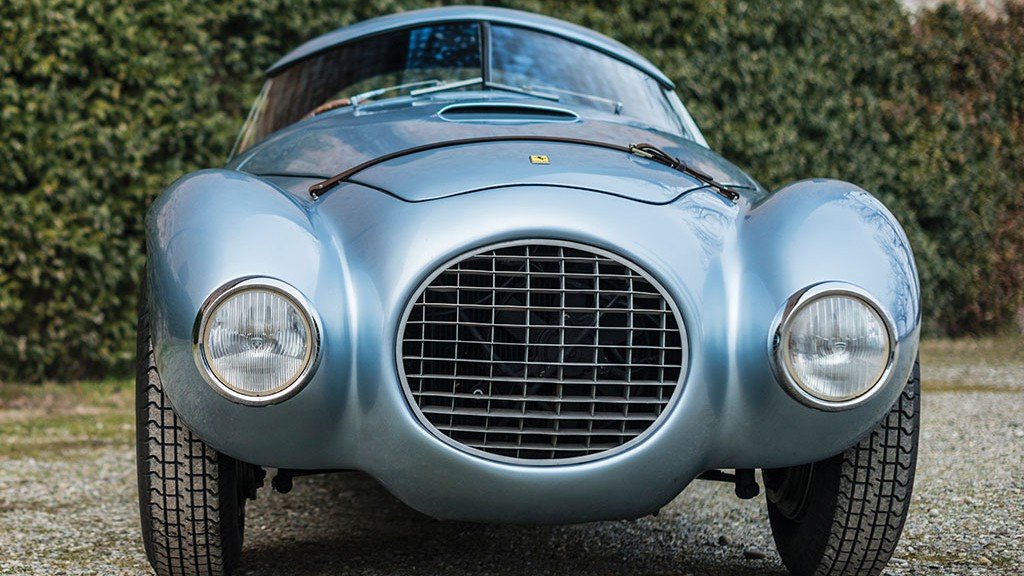
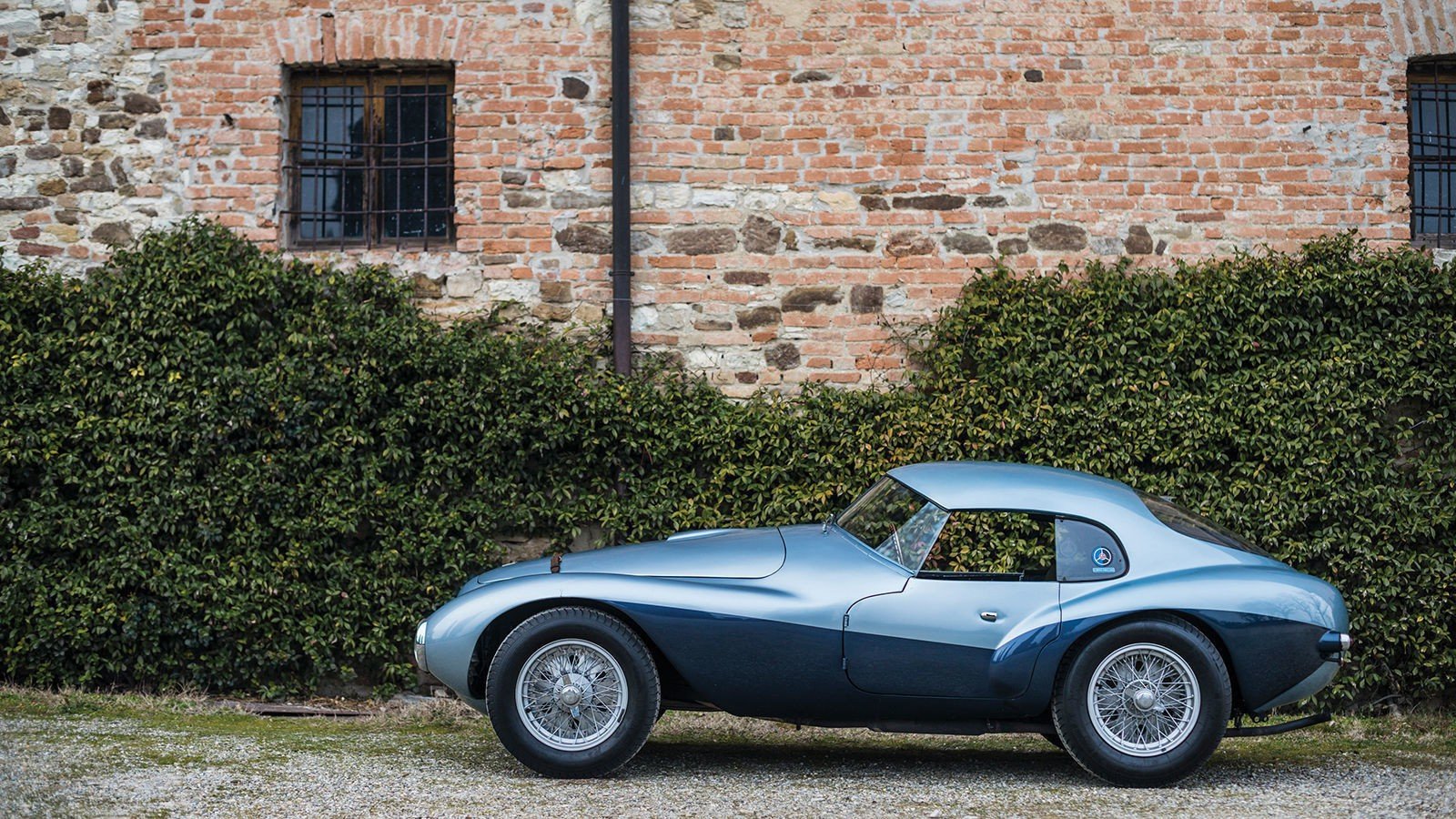
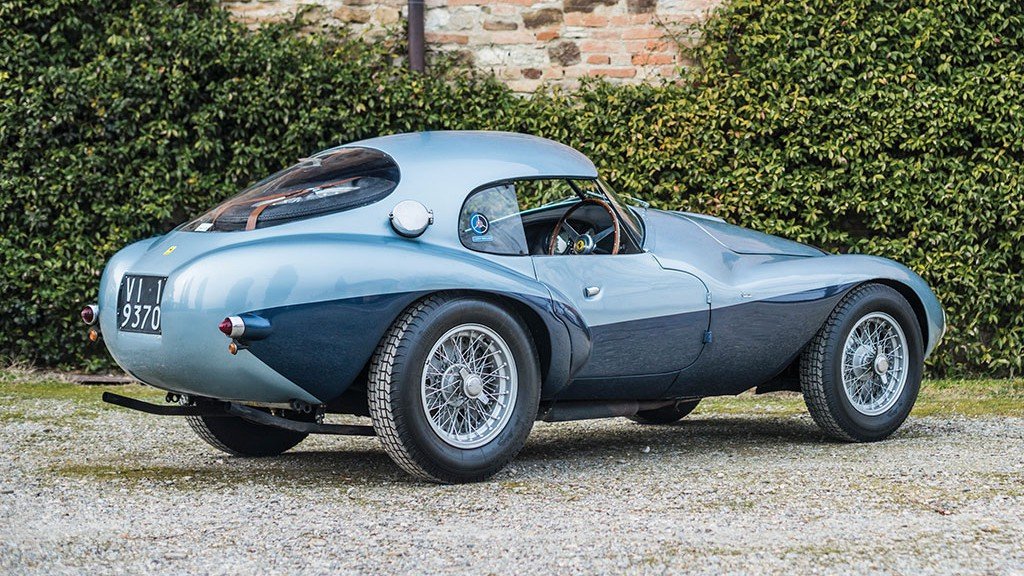
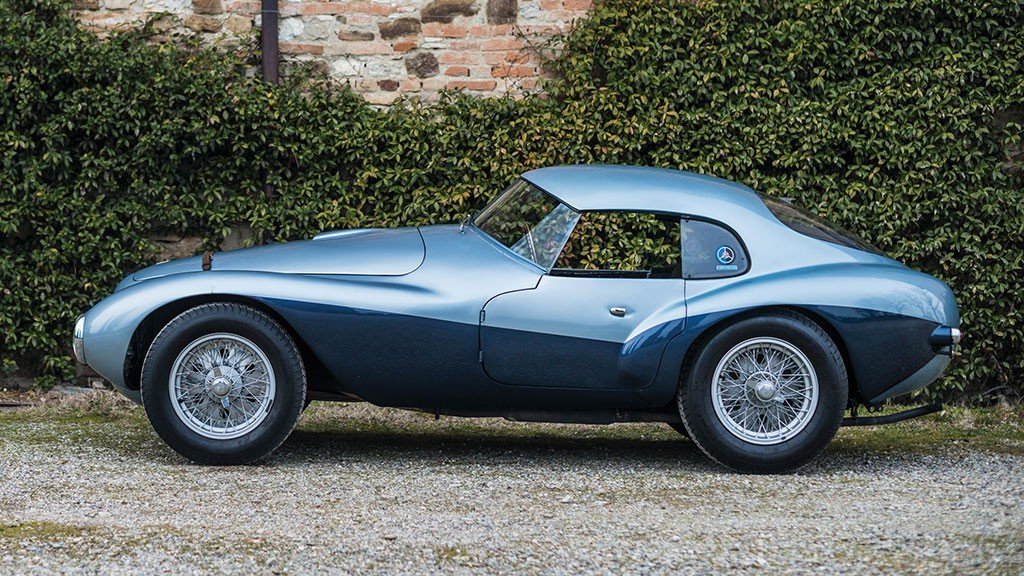
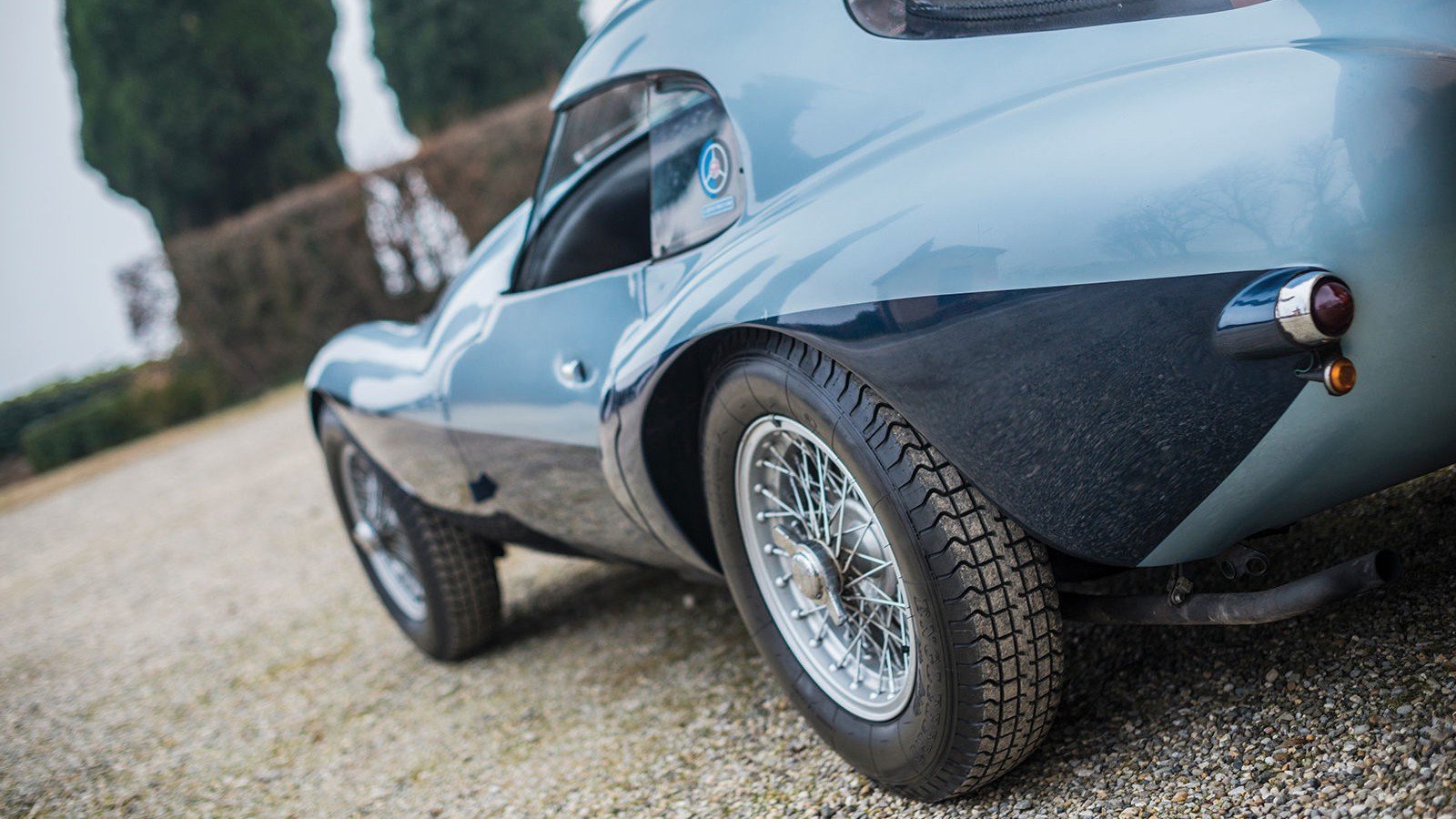
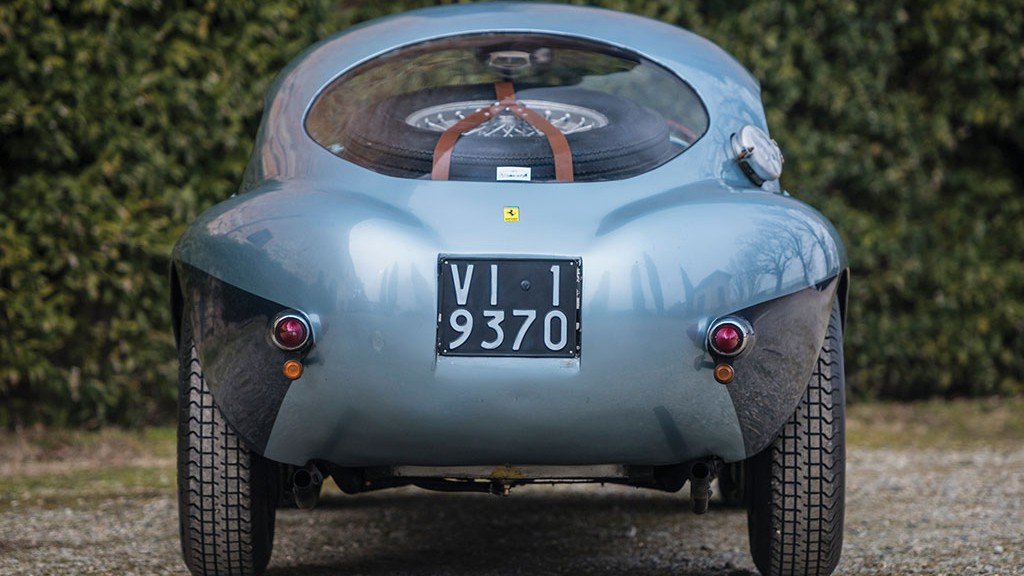
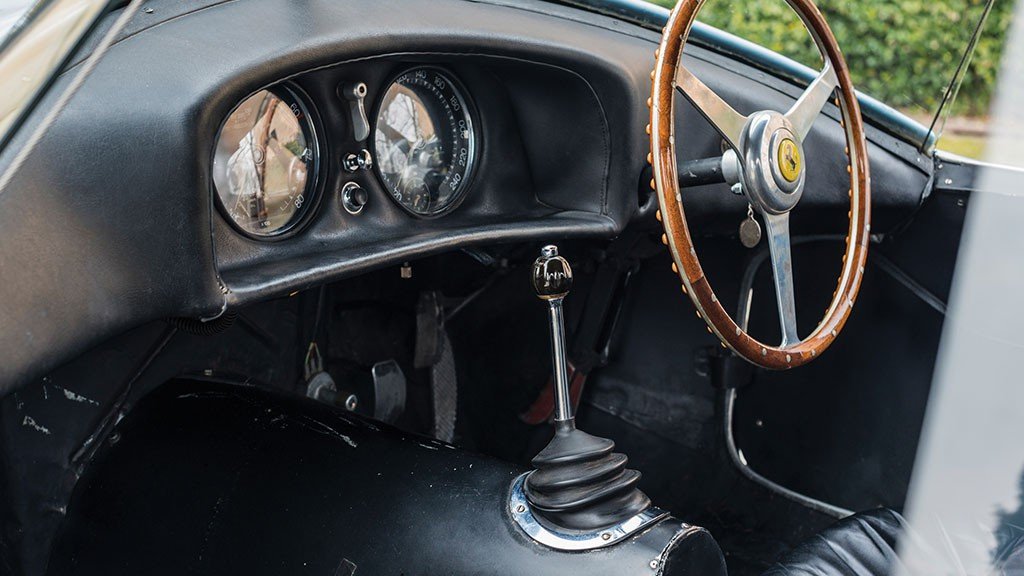
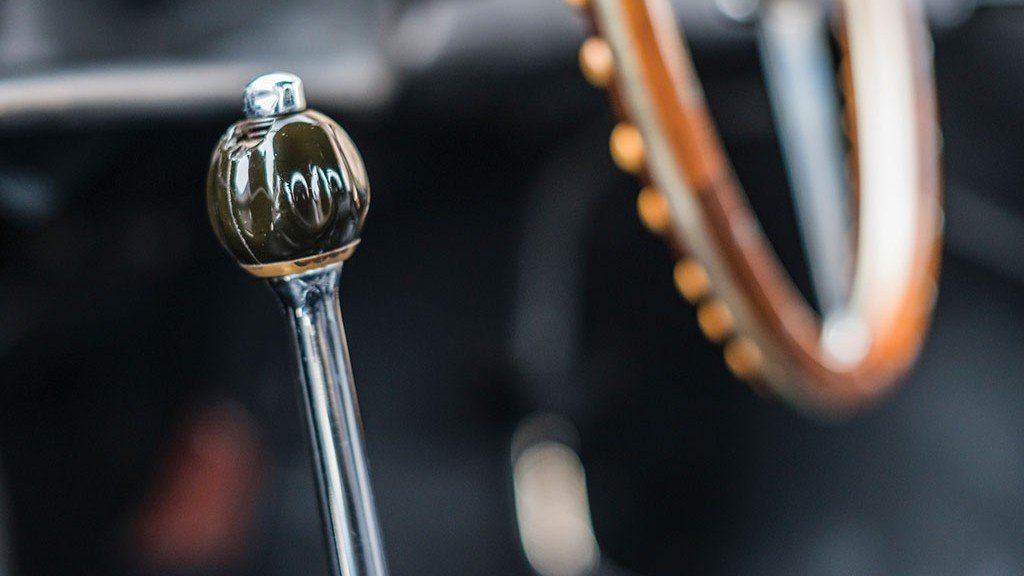
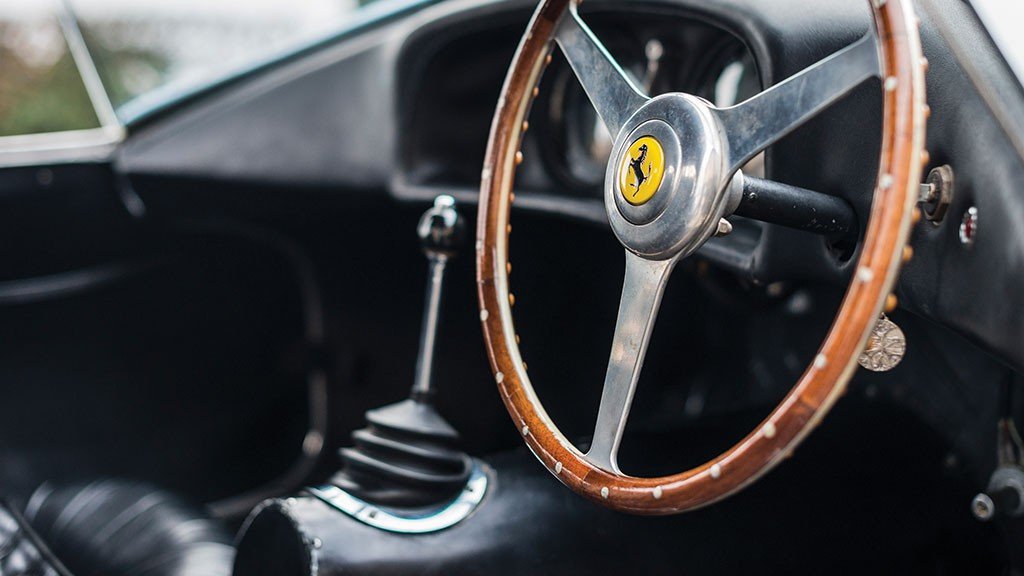

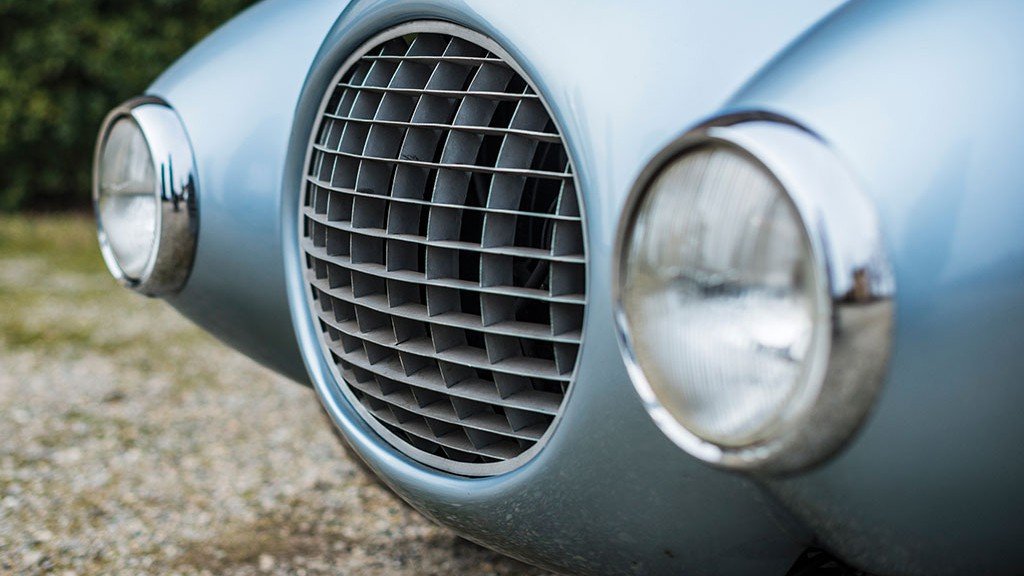
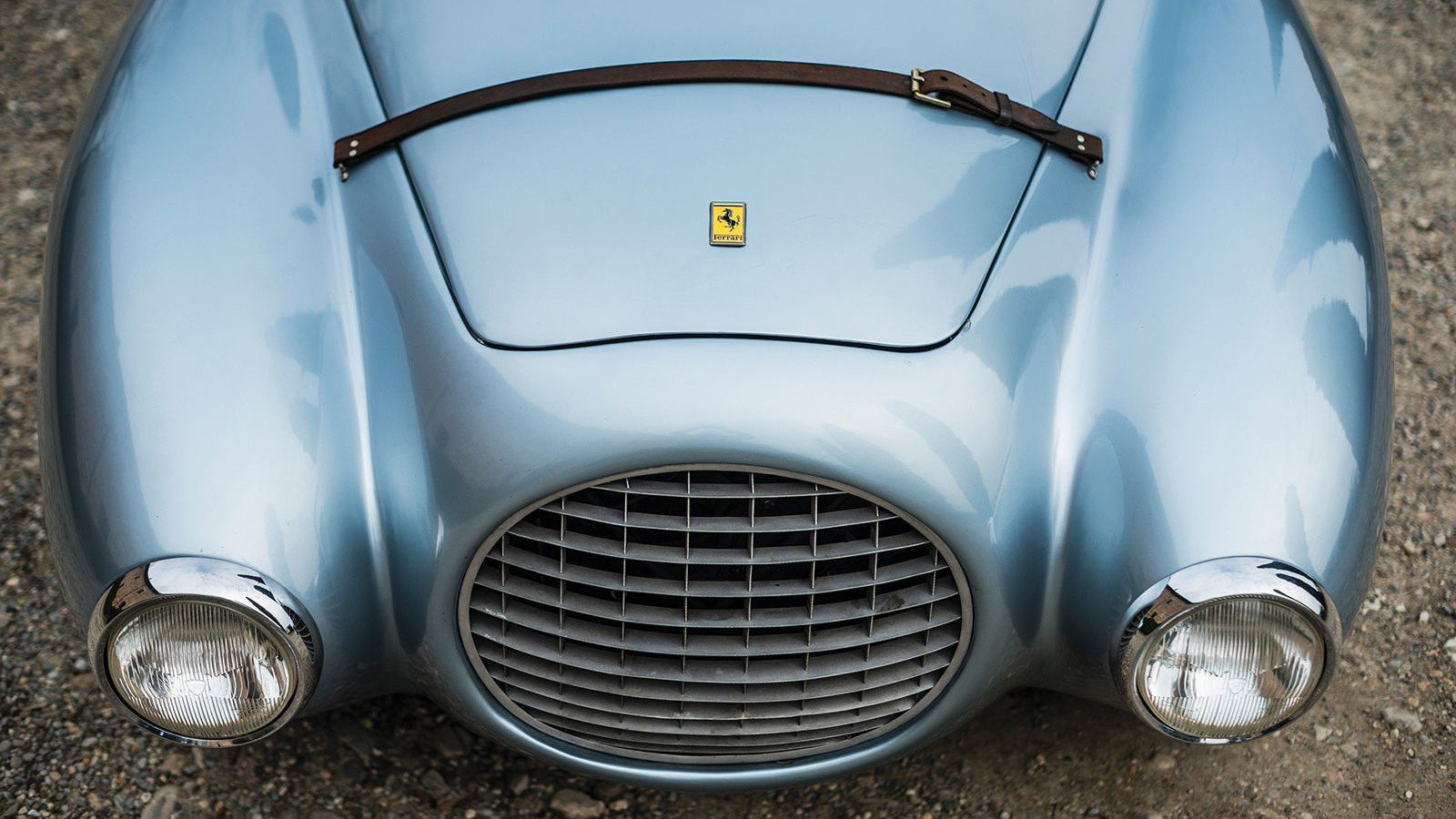
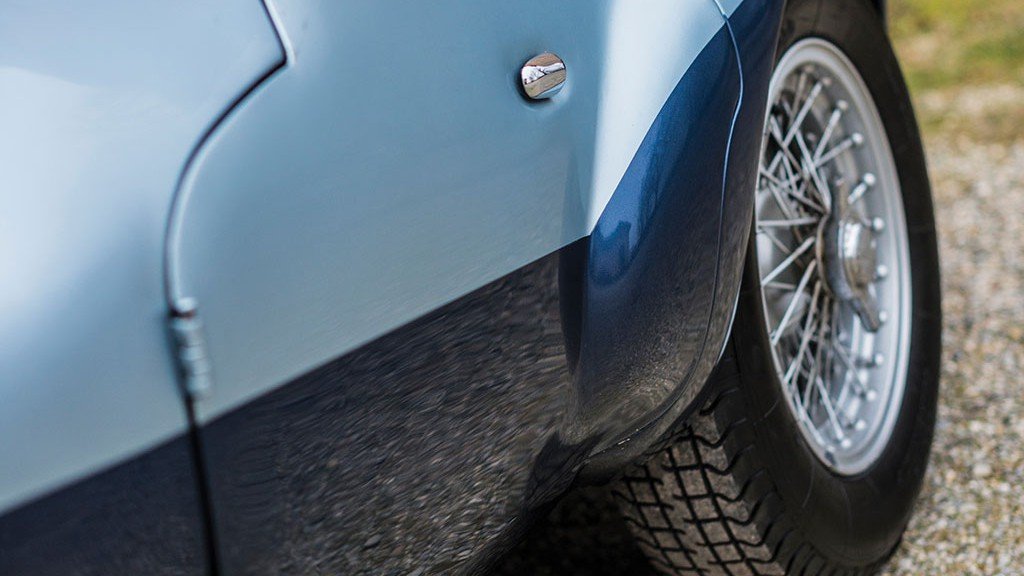
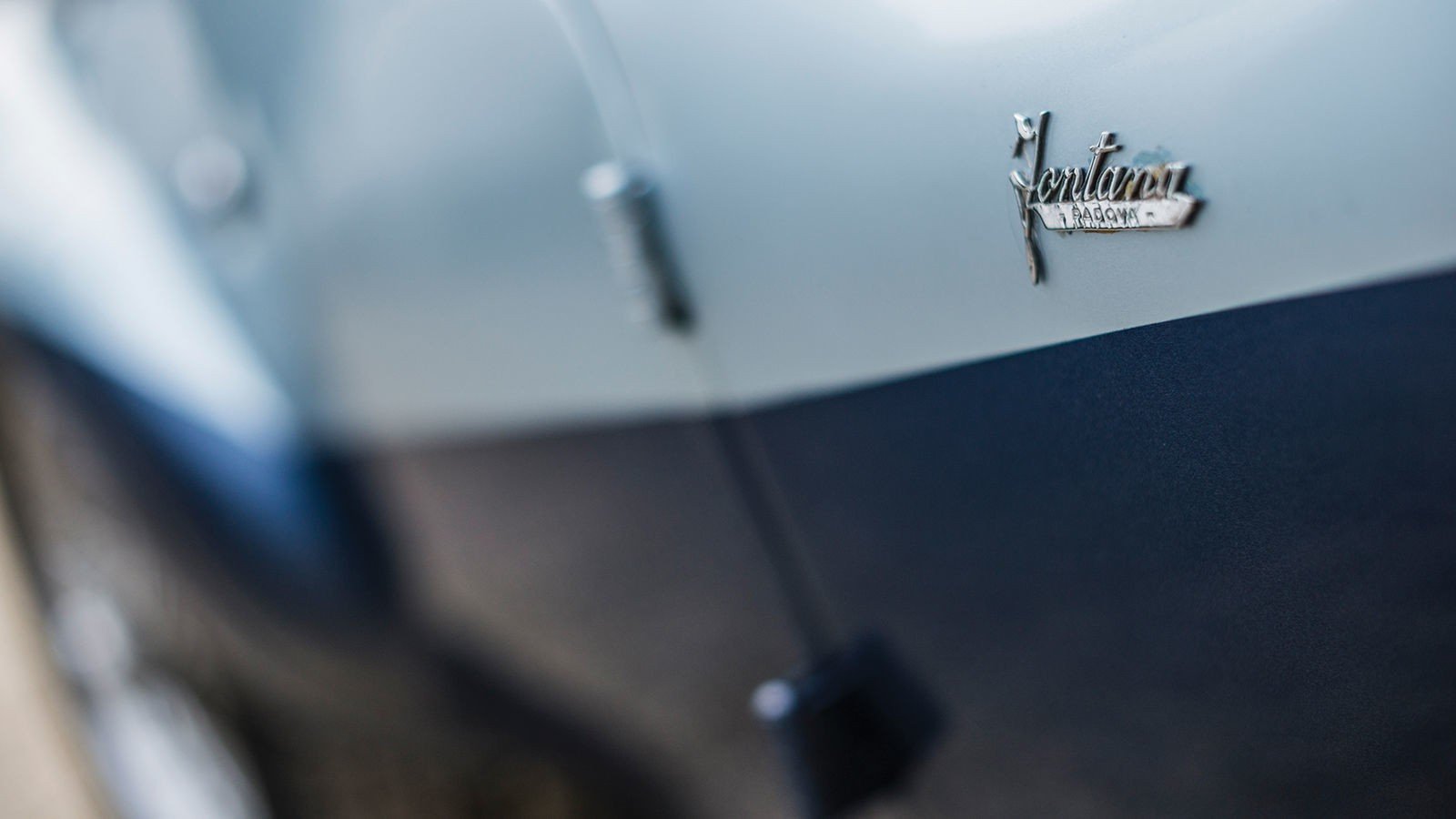
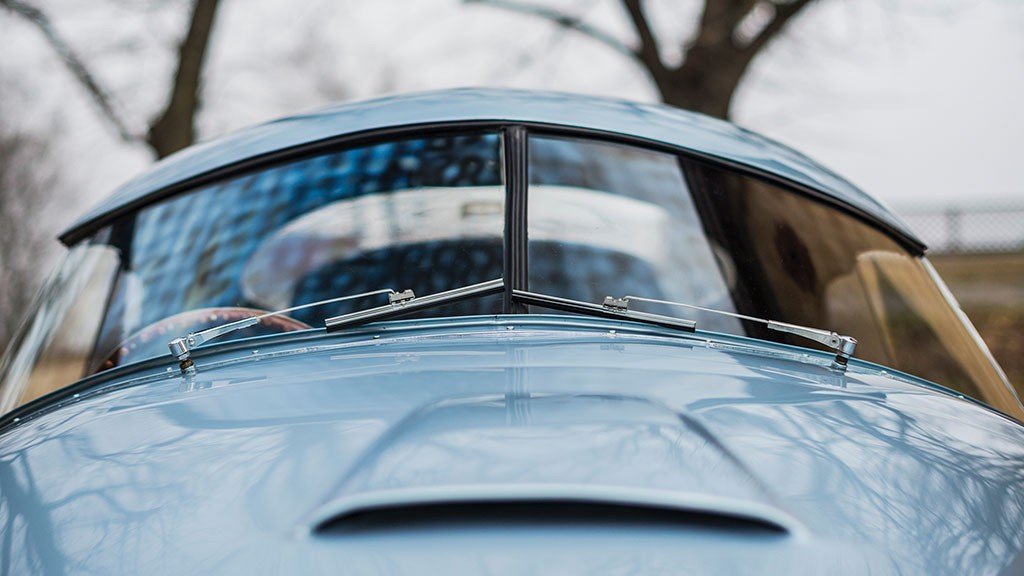
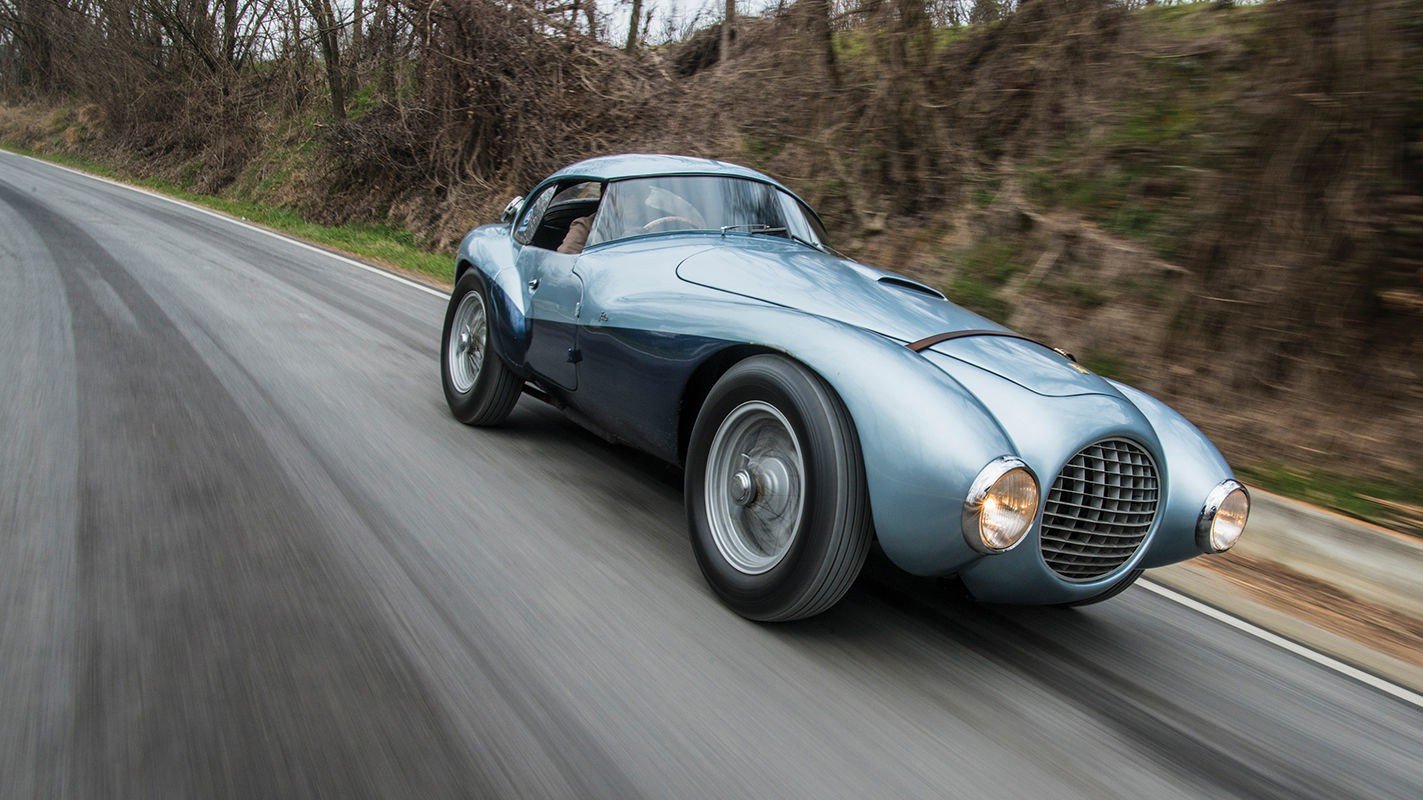
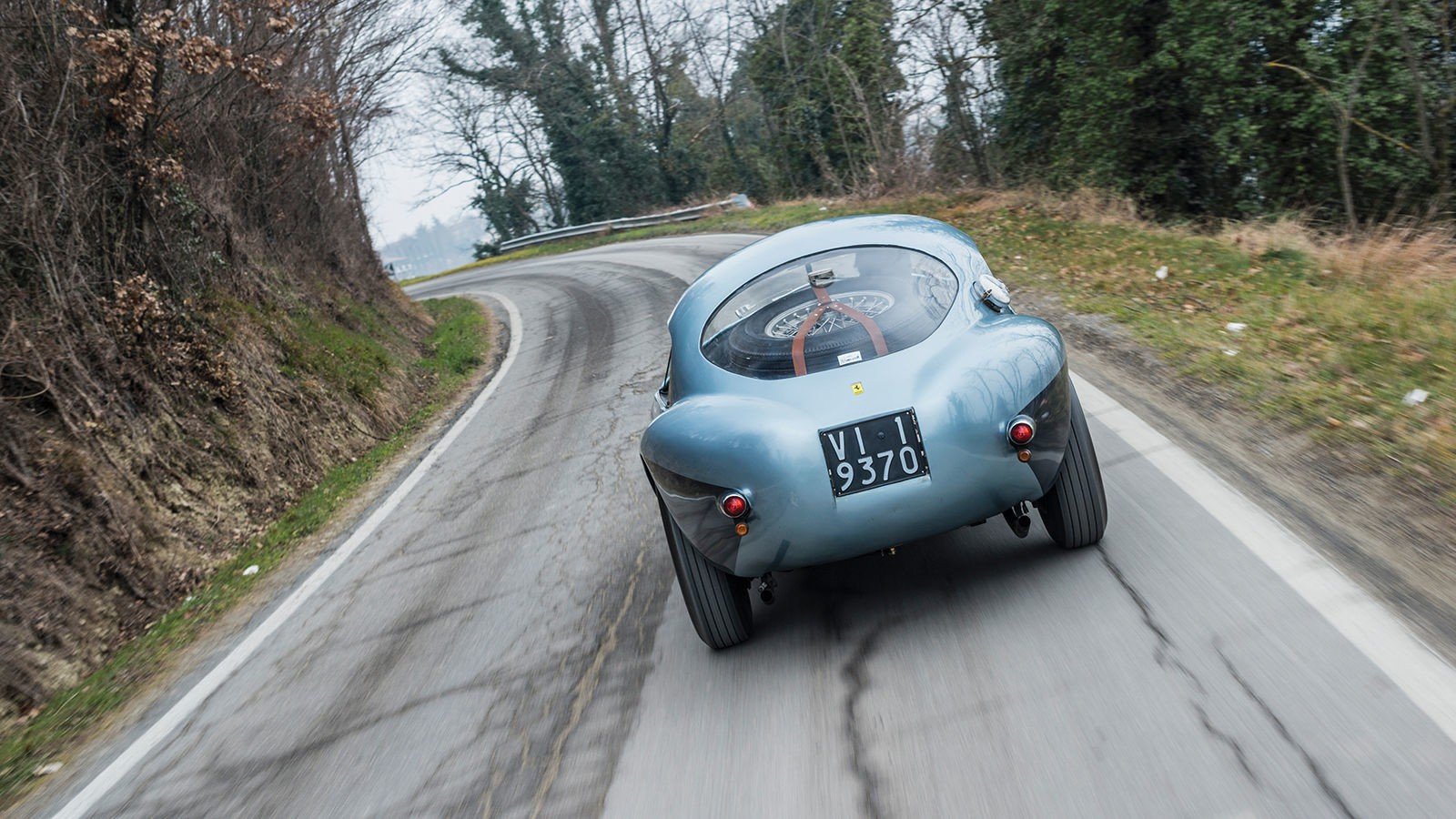
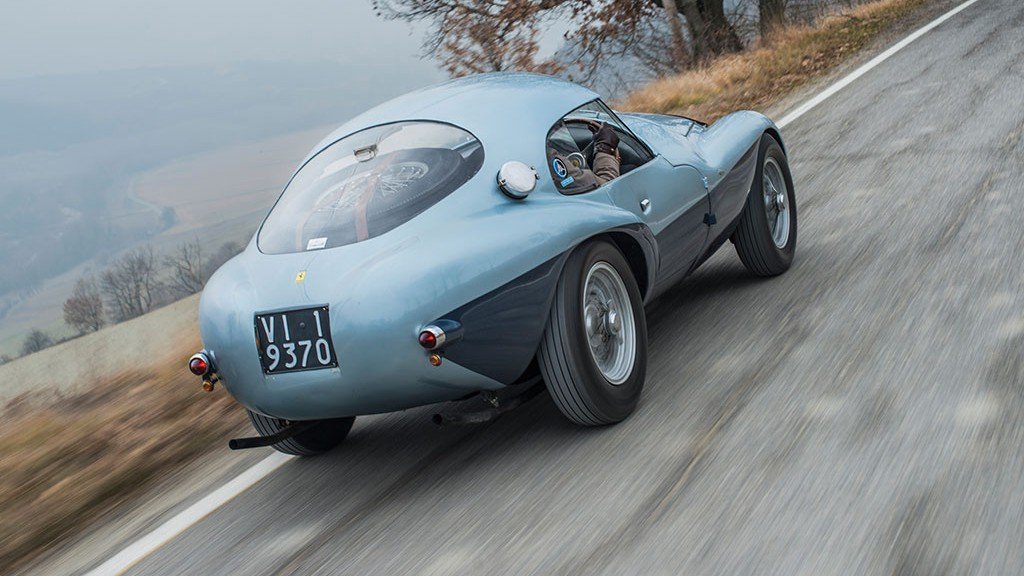
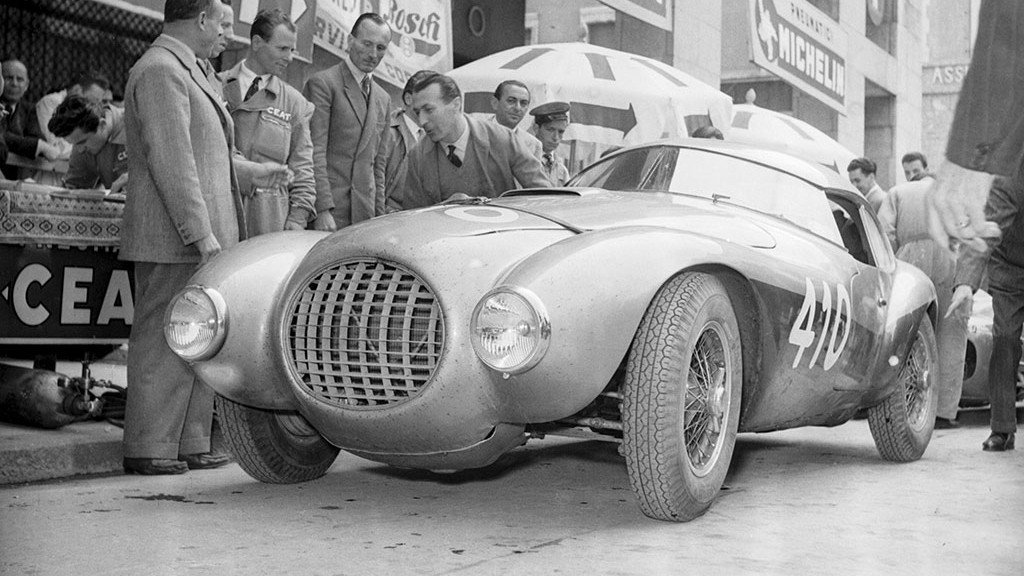
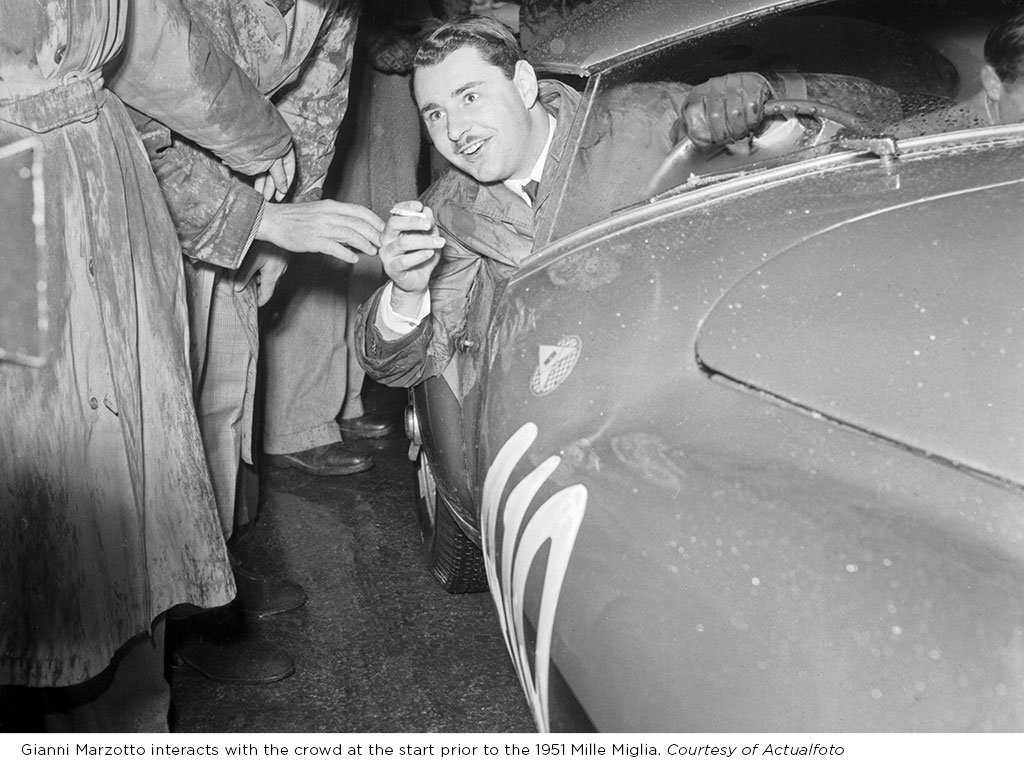
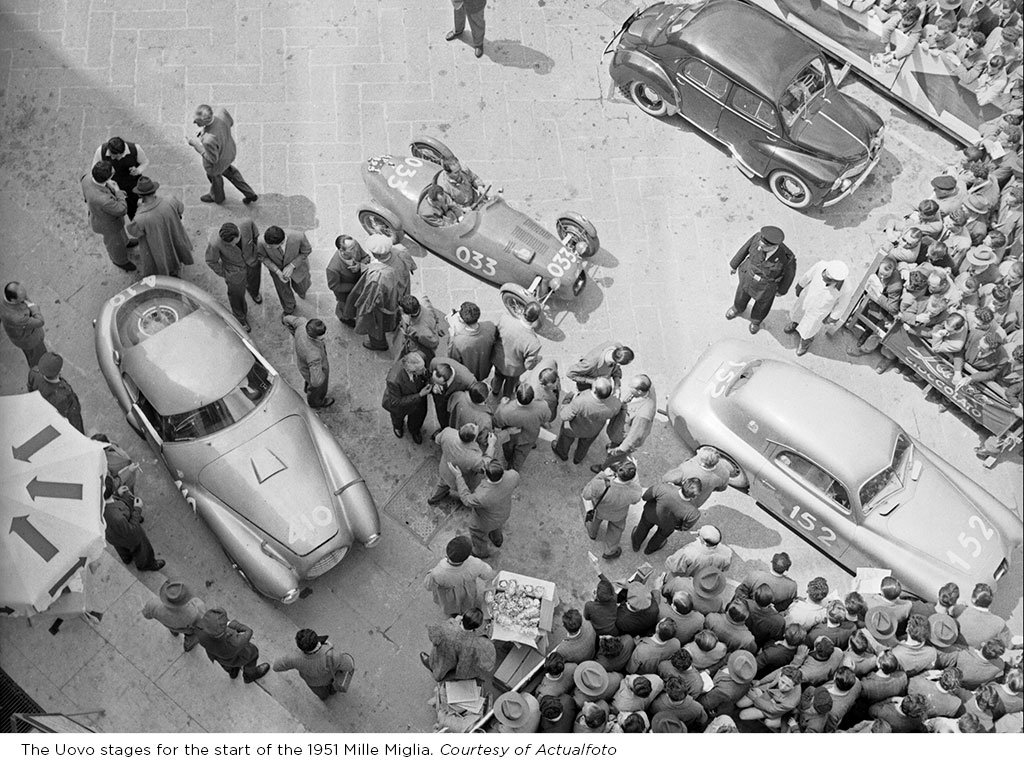
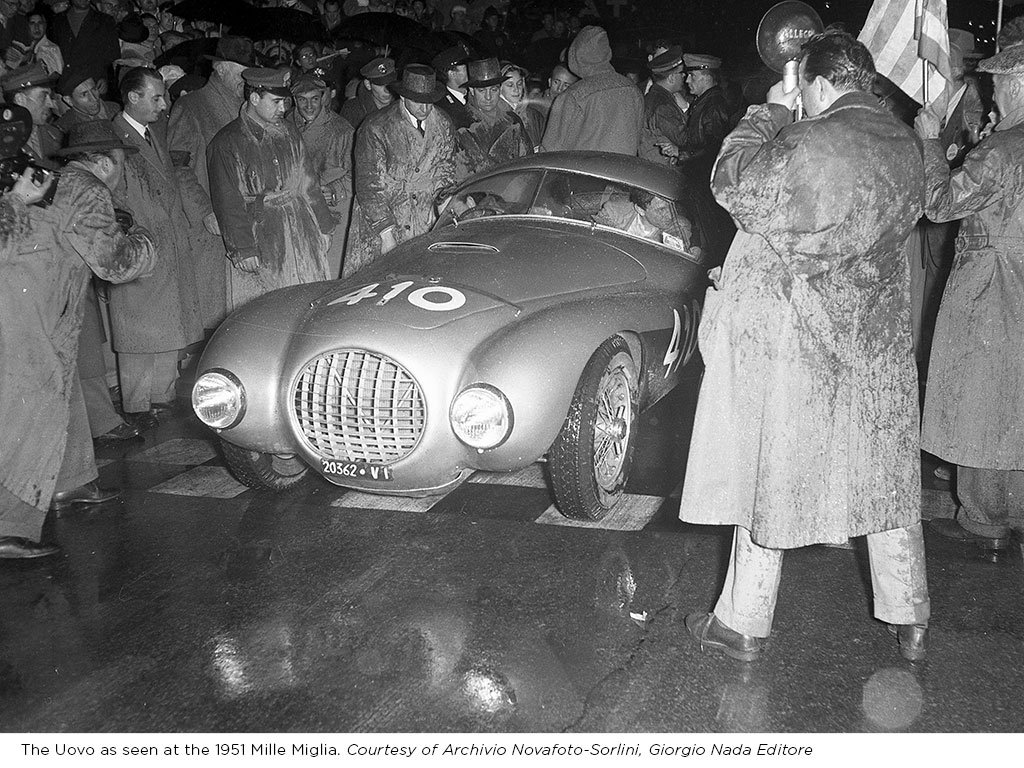
This 1950 Ferrari’s full name is 166 MM/212 Export, but it is also known as “Uovo,” because obvious.
More interesting than its design is the series of events that led to its creation.
The Uovo was designed by the Carrozzeria Fontana for Count Giannino Marzotto, a young fashion addict and textile business heir who loved driving fast.

After growing more and more fond of Ferrari models, the 22-year-old Giannino was the first pilot to drive past the 1950 Mille Miglia’s finish line in his 195 S, becoming the youngest driver to win the prestigious race. Oh, and he did it while wearing a double-breasted suit.

(here, at the 1951 Mille Miglia start)
Many of us would lean on victory laurels, but not Giannino — he needed more opportunities to show off his costumes. So he went to Mr. Ferrari to talk about the aerodynamic properties of the Ferrari runners. The answer was a typical one for Enzo: Ferraris are the best cars in the world, period.
Unsatisfied with the outcome, Marzotto commissioned coachbuilder Paolo Fontana and sculptor Franco Reggiani to build an aerodynamic body for the 166 MM — in both Coupé and Spider guise.
As a fun fact, the aerodynamics weren’t measurable by then, so it was only the “optical intuition” that guided the designers’ pencil. The result is something only a hen could love. They called it Uovo.

Now, the design may have been different if the radiator ordered from Ferrari would have arrived in time — the bonnet got to be 15 cm higher than initially planned. But they needed that radiator because the 166 MM’s engine was swapped for a 212 Export 2.6-liter V12.

The Uovo now had 165 hp to move around that 200-pound-lighter aluminum body — with an exuberated oversteer tendency. It was lighter, and more powerful, but not perfect. The sleek wraparound windshield was pretty much useless in the rain, so if you wanted to see better, you had to go faster — at about 100 mph (160 km/h) the wind would push the rain aside.

But the Marzotto brothers (Giannino and Vittorio) believed in this hybridized Ferrari, so they presented it to Enzo, whose reaction was — again — not pleasant. He said he’ll hire Piero Taruffi (behind the wheel of a 212 MM) to “defend the colors of the Cavallino” in Uovo’s first appearance, the 1951 Giro di Sicilia race.

Despite de 12-mile (20 km) lead ahead of the second place, Giannino’s coupé had to abandon due to a loose differential. Scuderia Marzotto still stole the limelight from Ferrari’s Taruffi, courtesy of Vittorio’s performance behind the spider’s wheel.
Never learning from the previous encounters with Enzo, Giannino went to Mr. Ferrari to rub that victory in his face. Enzo’s reply was: “It went as I had predicted, a Ferrari won the race.”

For the 1951 Mille Miglia race, the lightweight, streamlined Uovo got its power boosted to 186 hp just to make sure it can keep up. After the first 373 miles (600 km) Marzotto had a 10-minute lead over the rest.
Unfortunately, that’s when he started hearing unpleasant noises from the rear. Having had differential problems before, he thought this is the source of the sound. He decided to withdraw, for the sake of his life. And, probably, of his stylish costume he was wearing at the time (pictured above).

It turned out a blistered rear tire (he previously checked) was causing the noise. The Uovo proved its potential in a series of subsequent races — including the Giro of Toscana. It ran in Italy, California, and the Mille Miglia Storica before resting for a while in the Ferrari museum.

Now, we see it listed for the 18-19 August Monterey event by the RM Sotheby's auction house. Having been told its story, and the fact it is a one-off, you probably won’t be surprised by its estimated price: $5.5 million (£4.4 million).
Sources: RM Sotheby's, Dennis David for Grand Prix History
Image credits: Remi Dargegen/RM Sotheby's, Actualfoto, Novafoto Sorlini
